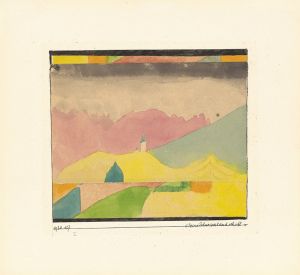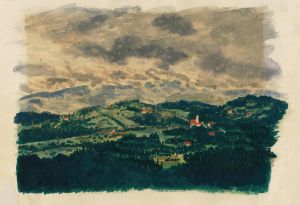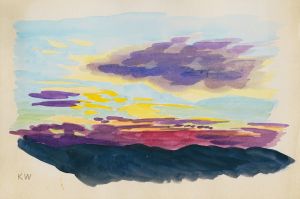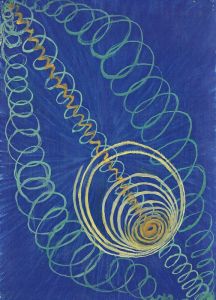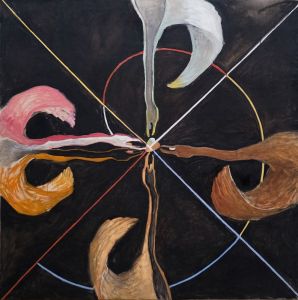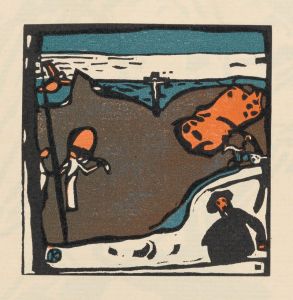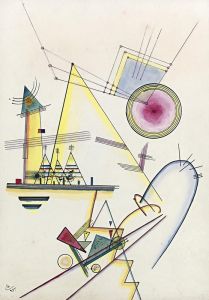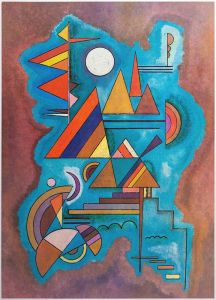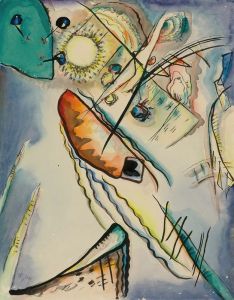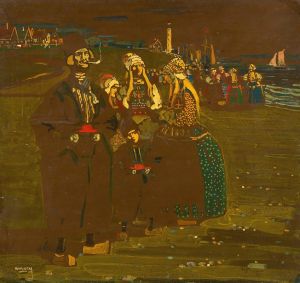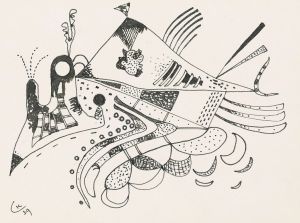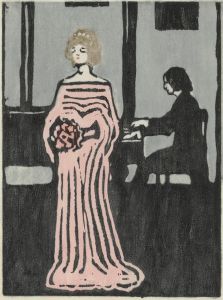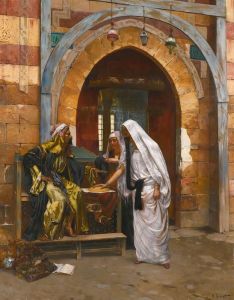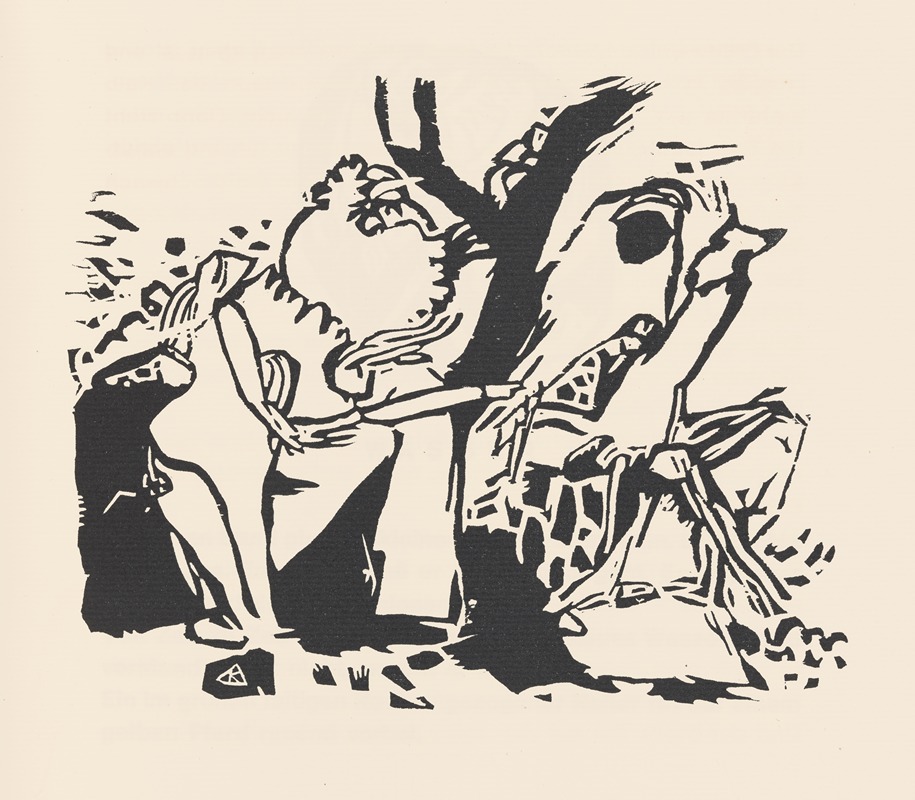
Klänge Pl.21
A hand-painted replica of Wassily Kandinsky’s masterpiece Klänge Pl.21, meticulously crafted by professional artists to capture the true essence of the original. Each piece is created with museum-quality canvas and rare mineral pigments, carefully painted by experienced artists with delicate brushstrokes and rich, layered colors to perfectly recreate the texture of the original artwork. Unlike machine-printed reproductions, this hand-painted version brings the painting to life, infused with the artist’s emotions and skill in every stroke. Whether for personal collection or home decoration, it instantly elevates the artistic atmosphere of any space.
"Klänge Pl.21" is a work by Wassily Kandinsky, a pioneering Russian painter and art theorist, often credited as one of the first creators of pure abstraction in modern painting. Kandinsky was born on December 16, 1866, in Moscow, Russia, and later became a prominent figure in the art world, particularly known for his contributions to the development of abstract art.
"Klänge" (translated as "Sounds") is a portfolio of woodcuts and prose poems created by Kandinsky between 1911 and 1913. This collection is considered one of his most significant works, combining visual art and literary expression to explore the synesthetic relationship between color, form, and sound. The portfolio consists of 38 woodcuts and 56 poems, reflecting Kandinsky's interest in the spiritual and emotional effects of art.
Plate 21 (Pl.21) from "Klänge" is one of the woodcuts in this series. Like many of Kandinsky's works from this period, it exhibits his characteristic abstract style, marked by bold colors, geometric shapes, and dynamic compositions. The woodcuts in "Klänge" are known for their expressive use of line and form, often evoking a sense of movement and rhythm that parallels the musical themes suggested by the title.
Kandinsky's work during this time was heavily influenced by his theoretical writings, particularly his book "Concerning the Spiritual in Art" (1911), where he articulated his belief in the spiritual power of art and its ability to convey profound emotional and psychological experiences. He argued that abstract forms and colors could evoke feelings and ideas in a way that representational art could not.
"Klänge" was published in Munich, where Kandinsky was an active member of the avant-garde art scene. He co-founded the influential art group Der Blaue Reiter (The Blue Rider) with fellow artist Franz Marc in 1911. This group sought to promote modern art and explore new artistic expressions, emphasizing the importance of spiritual and emotional content in their work.
The woodcuts in "Klänge" are notable for their innovative use of abstraction and their integration with Kandinsky's poetic texts. Each image in the portfolio is paired with a poem, creating a dialogue between visual and verbal elements. This interplay reflects Kandinsky's interest in synesthesia, the phenomenon where one sensory experience can evoke another, such as seeing colors when hearing music.
"Klänge Pl.21" exemplifies Kandinsky's exploration of these ideas, using abstract forms to create a visual representation of sound and emotion. The woodcut technique, with its bold contrasts and textured surfaces, enhances the expressive quality of the image, making it a key example of Kandinsky's early abstract work.
Overall, "Klänge Pl.21" is a significant piece within Kandinsky's oeuvre, illustrating his pioneering approach to abstraction and his belief in the transformative power of art. Through his innovative use of form, color, and composition, Kandinsky sought to create a new visual language that could communicate directly with the viewer's inner experience, transcending the limitations of representational art.





